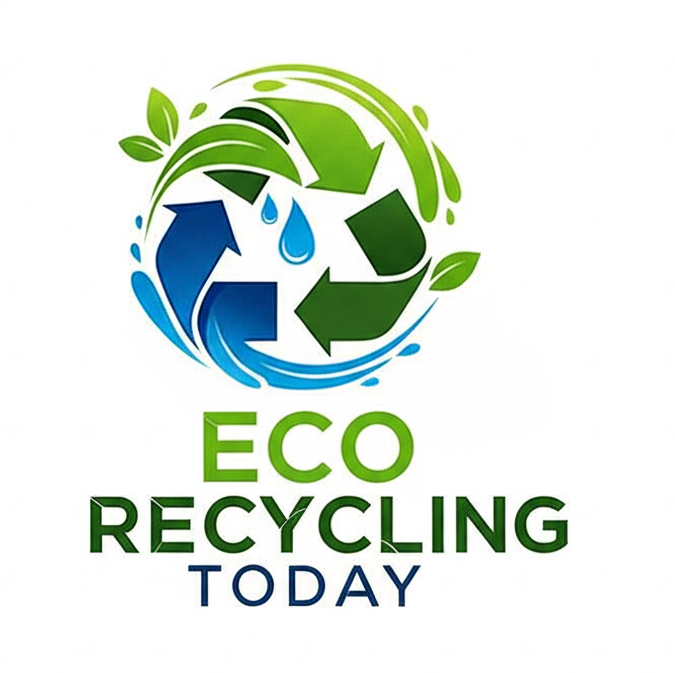Polyester Staple Fiber (PSF) is a widely used synthetic fiber known for its durability, versatility, and cost-effectiveness. It is used in textiles, non-woven fabrics, home furnishings, automotive interiors, and even the construction industry. The increasing demand for sustainable and recycled materials has also boosted the popularity of recycled polyester staple fiber (RPSF).
If you're interested in setting up a Polyester Staple Fiber Production Line, this guide will walk you through the entire process, from raw materials to the final product.

What is Polyester Staple Fiber (PSF)?
Polyester Staple Fiber (PSF) is a synthetic fiber produced from PET (Polyethylene Terephthalate) polymer. It comes in two main types:
- Virgin PSF – Produced from pure PTA (Purified Terephthalic Acid) and MEG (Mono-Ethylene Glycol).
- Recycled PSF (RPSF) – Manufactured using PET bottle flakes or post-industrial PET waste, making it a more sustainable choice.
PSF can be further classified into:
- Solid PSF – Used in textiles, stuffing for pillows, cushions, and non-woven fabrics.
- Hollow PSF – Used in insulation, bedding, and upholstery for its lightweight and fluffy properties.
Key Components of a Polyester Staple Fiber Production Line
A PSF production line consists of several critical processes that convert raw PET materials into fiber. Below are the major components:
1. Raw Material Preparation
Virgin PSF Production: Requires PTA, MEG, and other additives.
Recycled PSF Production: Uses PET bottle flakes, which are washed and dried to remove contaminants.
2. Polymerization
In virgin PSF production, the polymerization process involves the reaction of PTA and MEG under heat and pressure, forming PET polymer chips. For recycled PSF, PET flakes are directly melted and filtered to remove impurities.
3. Extrusion and Spinning
- The molten PET is extruded through spinnerets to form long continuous filaments.
- The filaments are rapidly cooled using quenching chambers.
- Air-jet or mechanical drawing improves fiber strength and orientation.
4. Drawing and Crimping
- The fibers are stretched to improve tensile strength.
- A crimping machine imparts a zigzag shape to improve bulkiness and elasticity.
5. Cutting (Staple Formation)
The crimped fiber is cut into short lengths, typically 25mm to 64mm, depending on its application.
6. Finishing and Packing
- The fibers undergo surface treatment for softness or anti-static properties.
- The final product is compressed into bales and packed for shipment.
The Polyester Staple Fiber Production Process
Step 1: Raw Material Selection and Processing
- Virgin PSF: PTA and MEG undergo polymerization to form polyester chips.
- Recycled PSF: PET bottle flakes are washed, dried, and melted.
Step 2: Extrusion and Fiber Formation
- The PET material is melted and extruded through fine holes in a spinneret.
- The extruded filaments are cooled, solidified, and drawn to improve strength.
Step 3: Crimping and Cutting
- The fibers are crimped to give bulk and elasticity.
- They are then cut into staple lengths.
Step 4: Fiber Finishing
- The fibers undergo chemical treatments for softness, water repellency, or flame resistance.
- After treatment, fibers are dried, baled, and packed for shipment.
Types of Polyester Staple Fiber
- Virgin Polyester Staple Fiber (VPSF) – Used in textiles, hygiene products, and automotive applications.
- Recycled Polyester Staple Fiber (RPSF) – A sustainable option used in non-woven fabrics, home furnishings, and insulation.
- Hollow Polyester Staple Fiber (HPSF) – Lightweight and used in bedding, cushions, and jackets.
- Solid Polyester Staple Fiber (SPSF) – Used in carpets, ropes, and stuffing materials.
Applications of Polyester Staple Fiber
- Textile Industry – Used in yarn production for clothing, sportswear, and home textiles.
- Non-Woven Industry – Used in medical fabrics, filtration products, and hygiene materials.
- Automotive Industry – Used in car seat covers, insulation, and carpets.
- Home Furnishings – Found in pillows, mattresses, cushions, and upholstery.
- Construction Industry – Reinforces concrete and asphalt for durability.
Setting Up a Polyester Staple Fiber Production Line
Factors to Consider
- Production Capacity – Decide whether to focus on small-scale or large-scale production.
- Raw Material Supply – Ensure a reliable supply of PTA, MEG, or recycled PET flakes.
- Machinery and Equipment – Invest in high-quality extruders, crimping machines, and fiber cutters.
- Energy Efficiency – Implement energy-saving technologies to reduce production costs.
- Quality Assurance – Set up testing labs to ensure fiber strength, crimp quality, and uniformity.
The Polyester Staple Fiber (PSF) production line plays a crucial role in the textile, non-woven, and industrial sectors. Whether producing virgin PSF or recycled PSF, investing in an efficient production line can help meet the rising global demand for high-quality synthetic fibers.
By optimizing raw material sourcing, using advanced machinery, and implementing sustainable production practices, manufacturers can reduce costs, enhance product quality, and contribute to a greener environment.
